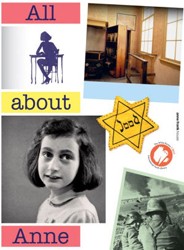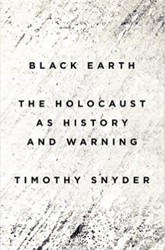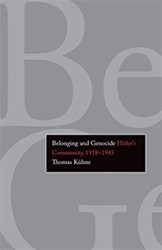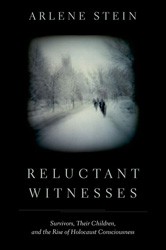Shanghai, China was the one destination for which European Jews weren’t required to have a visa in the 1930s. Almost 20,000 Nazi-fleeing German and Austrian Jews found a refuge, if not a haven, in that cosmopolitan city. Then the Japanese war machine swooped into China and the Nazi influence followed them. The perilous Shanghai chapter of the World War II Jewish experience is center stage in Rising Sun, Falling Shadow.
The action begins in 1943 when the Jews of Shanghai are forced into the one- square kilometer Hongchew ghetto. While the Kempeitai (Japanese SS) officials have so far resisted Nazi pressure to exterminate the Jews, the Jews are at the precarious mercy of the invaders. They are constantly watched, threatened, imprisoned, and tortured.
This sequel, which can certainly stand alone, to The Far Side of the Sky centers on the returning main characters, Soon-Yi (Sunny) Adler, a Eurasian surgical nurse who is married to Dr. Franz Adler, an Austrian refugee. They struggle to keep the dilapidated and depleted Jewish hospital operating. This noble effort takes place against the entire spectrum of Shanghai life. Jews, Chinese, Shanghailanders, Japanese, Resistance fighters, and Nazis are all represented and interact throughout the story.
The concise, fast-moving chapters drive the absorbing action. And so much action and plot! There are all sorts of clandestine meetings, secret hideouts, smuggling incidents, scenes of torture and prisons, bombings, life and death confrontations, operating room dramas, separations, reunions, and displays of love and kindness. The main characters’ personalities and qualities are well-developed, but the secondary characters enter and exit to serve the plot as heroes, villains, mercenaries, and idealists.
Rising Sun, Falling Shadow is a meticulously well-researched history lesson. The sights, sounds, and smells of the ghetto are chronicled along with the fear, hunger, and disease. The various enemy officials are based upon actual people and the secret inner workings of the Resistance are accurately rendered. The medical details are realistically presented due to Kalla’s experience as an ER doctor. Kalla explores how the Jews struggled to keep up a community and a conscience in the face of their desolation, isolation, and the mindless hatred directed at them. Their courage, ethics, and family values channeled them through their broken lives.
Related content:
Renita Last is a member of the Nassau Region of Hadassah’s Executive Board. She has coordinated the Film Forum Series for the Region and served as Programming and Health Coordinators and as a member of the Advocacy Committee.
She has volunteered as a docent at the Holocaust Memorial and Tolerance Center of Nassau County teaching the all- important lessons of the Holocaust and tolerance. A retired teacher of the Gifted and Talented, she loves participating in book clubs and writing projects.





